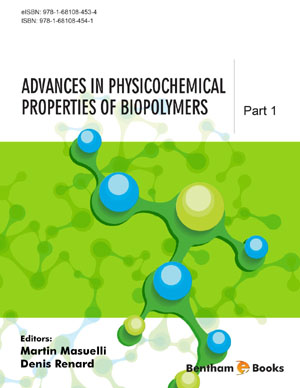Abstract
Field-Flow Fractionation techniques (FFF) are size-based separation methods first described in 1966 by Giddings. They belong to the family of liquid chromatographic techniques, but they are operated without any stationary phase.Yet, they have the unique ability to separate an extremely broad range of molecules, macromolecules and particles, and in particular very large particles, with a high resolution. FFF are versatile: by varying the experimental conditions, the range, speed, and power of the separation could be optimized. FFF techniques can succeed when Size-Exclusion Chromatography (SEC) methods fails, and they have a broad range of applications. In this chapter the theory of FFF is approached together with calibration and determination of some structural parameters such as size and molar mass, the instrumentation and detection of various classic FFF types is described and we show the added value of FFF techniques for the characterization of various biopolymers including polysaccharides, proteins and natural rubber.
Keywords: Aggregation, Field-Flow Fractionation, Multiangle Laser Light Scattering, Natural Rubber, Polysaccharides, Proteins, Starch, Static and Dynamic Light Scattering






















